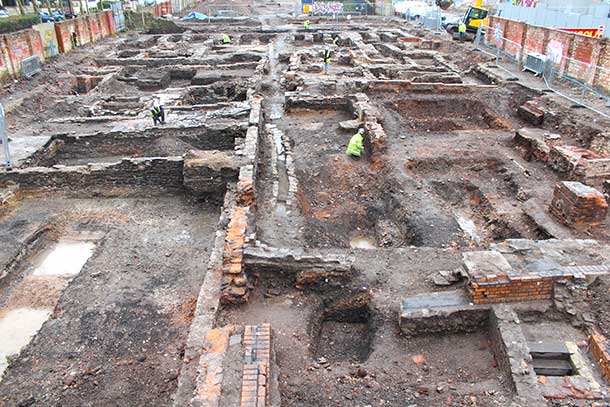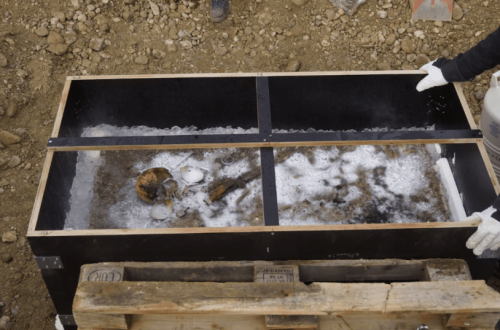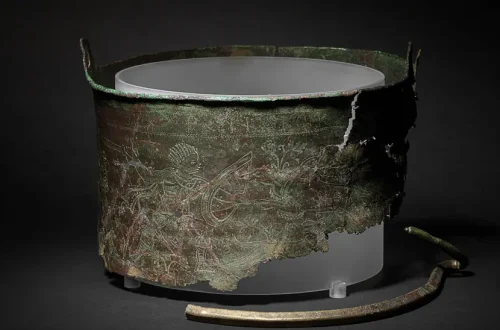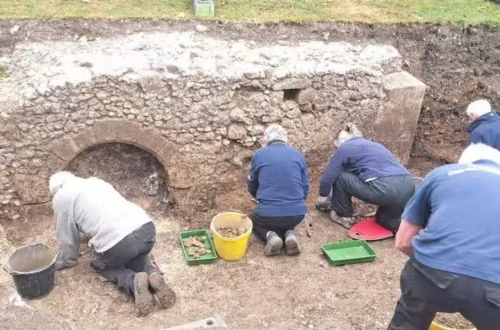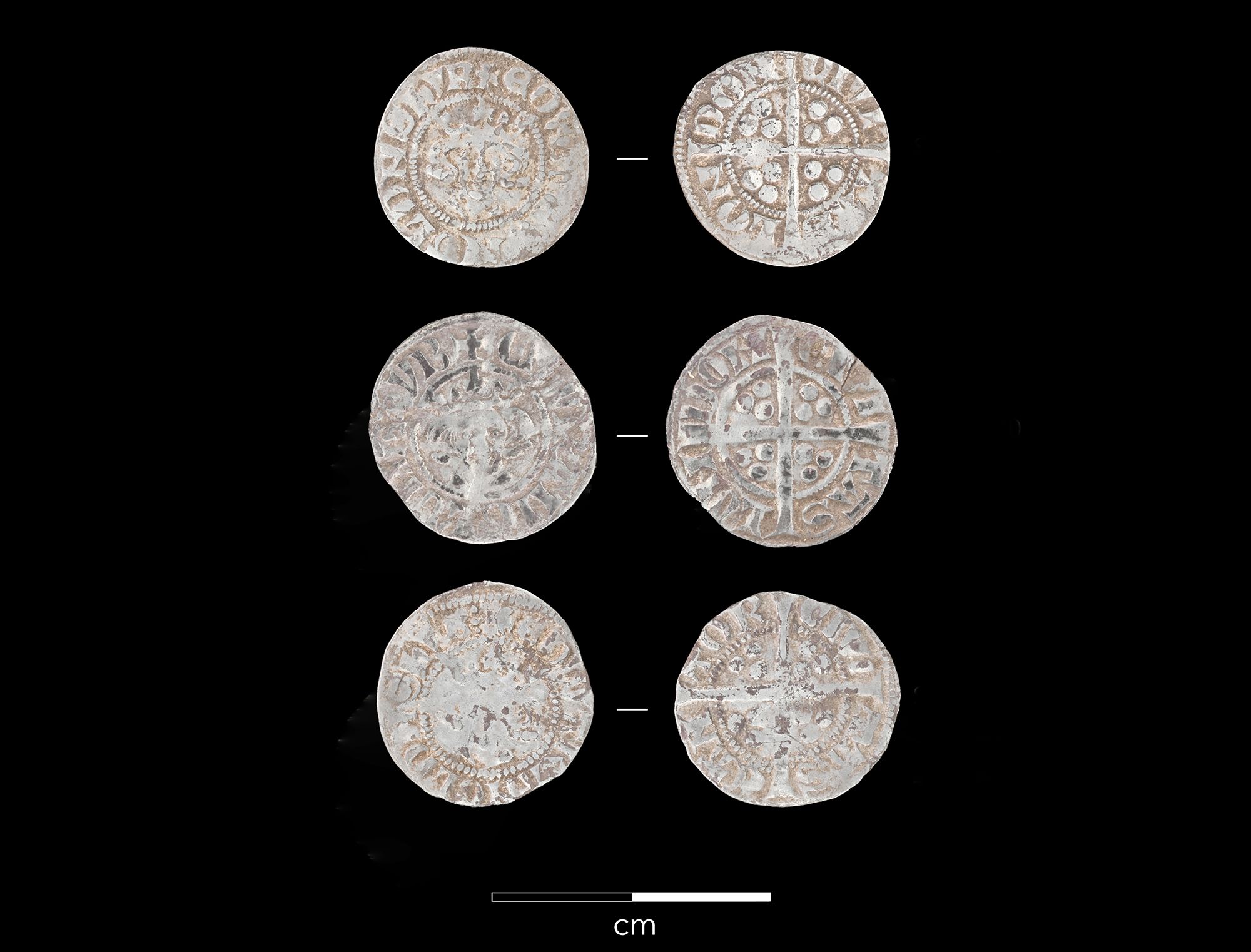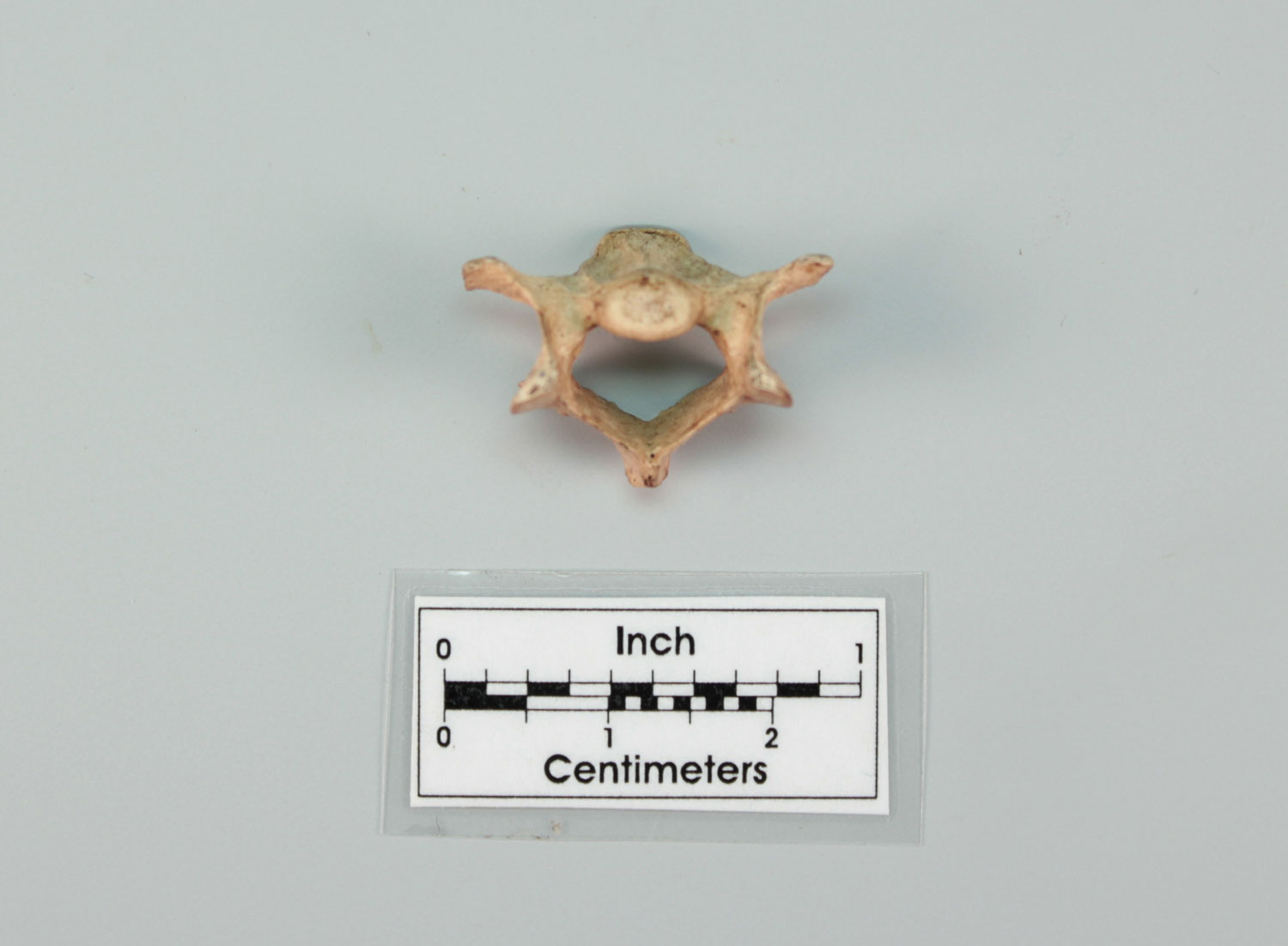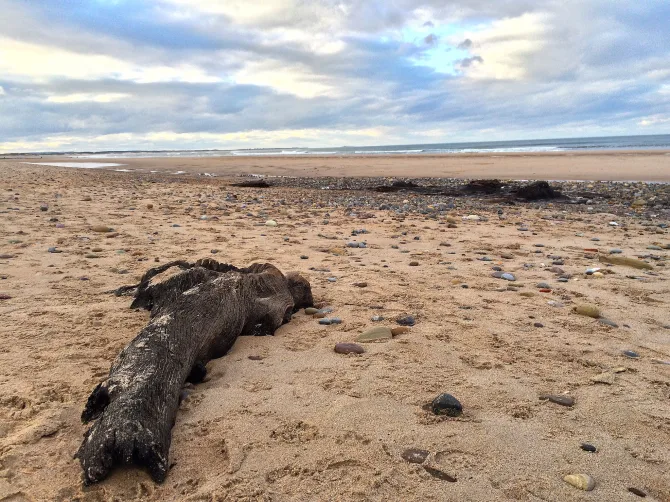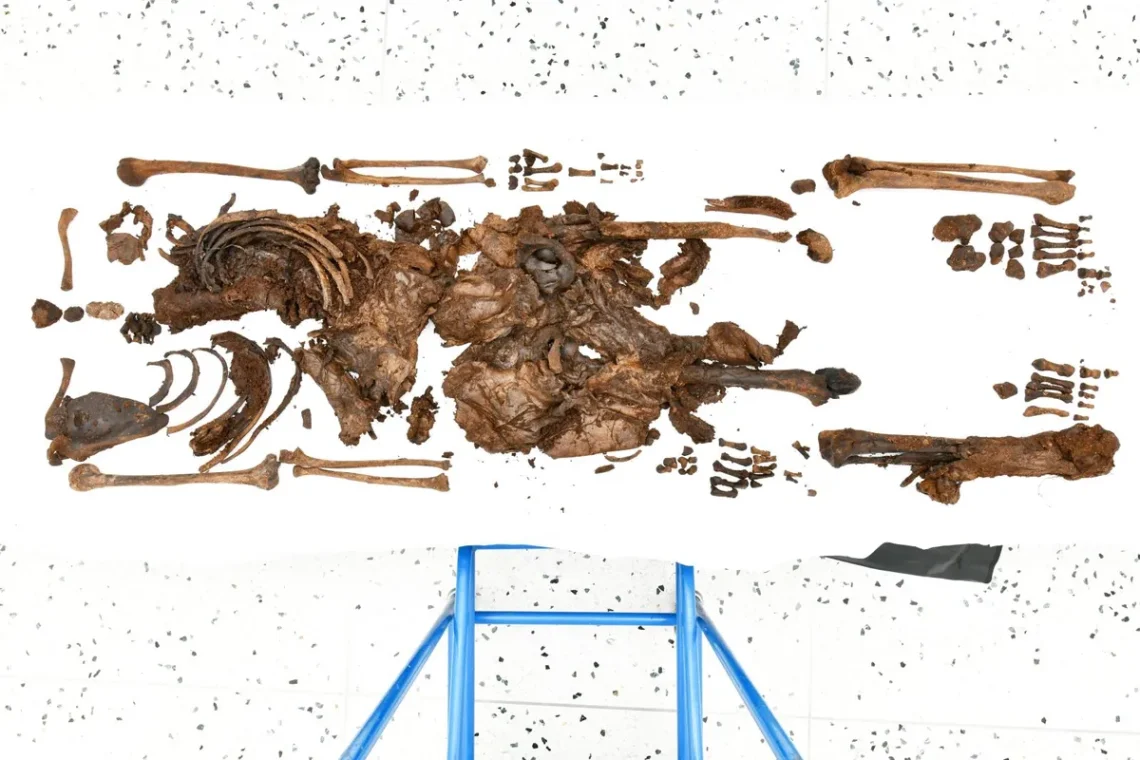Recent archaeological excavations at the Glassfields site on Old Bread Street in Bristol by Cotswold Archaeology have unveiled a rich tapestry of the city’s urban evolution, from medieval times to the industrial era. These investigations conducted between 2016 and 2017 have provided invaluable insights into Bristol’s historical landscape. The site’s earliest findings include horticultural ground surfaces containing pottery dating from the 12th to 14th centuries, indicating agricultural activity during the medieval period. Subsequent layers reveal a progression of urban development, with evidence of domestic and industrial occupation from the late 17th century onwards. These include cellars, wells, cess pits, and…
-
-
The Brixham Pirate Festival 2025 once again transformed the tranquil Devon fishing town into a vibrant haven of maritime revelry over the Early May Bank Holiday weekend. From May 3rd to 5th, an estimated 30,000 visitors descended upon Brixham Harbour, immersing themselves in a celebration that has grown into one of the world’s largest pirate gatherings since its inception in 2002. The festival commenced with its traditional pirate parade at 10:30 am on Saturday, featuring a lively procession along the harbourside. Attendees showcased elaborate costumes, including lifelike portrayals of iconic characters such as Captain Hook and Captain Jack Sparrow, with…
-
Three unassuming silver pennies, unearthed together in Essex, offer a poignant glimpse into the lives and potential misfortunes of early 14th-century England. Struck during the reigns of Edward I and his son, Edward II, the close dating of these coins suggests they were lost as a small hoard, perhaps the contents of a dropped purse. The most recent penny dates to between 1314 and 1317, placing their loss firmly in the early decades of a century marked by widespread hardship. Intriguingly, this precise period aligns with the devastating livestock and agricultural disasters that gripped England. Higher than average rainfall and…
-
Diriyah, the ancestral cradle of the Saudi royal family, is being reimagined as a global hub for cultural heritage and tourism under the Diriyah Gate Development Authority (DGDA). Central to this vision is Ghasibah, a fortified district atop a plateau overlooking Wādī Ḥanīfah, once a key political and economic centre during the First Saudi State (1727–1818). Since September 2023, Chronicle Heritage Arabia has led a multi-phase project to preserve Ghasibah’s rich history, blending archaeology, technology, and conservation to support DGDA’s heritage-first mission. Ghasibah, founded in the 15th century by Prince Mani’ bin Rabiah Al-Muraidi, served as the initial seat of…
-
From April 30 to May 2, 2025, Cardiff University hosted the highly anticipated Iron Age Dialogues conference, a landmark event that brought together archaeologists, researchers, and enthusiasts to explore the latest advancements in Iron Age studies. This gathering, the first major conference on the Iron Age in Britain since the mid-2000s, sparked vibrant discussions, fostered new connections, and set a hopeful tone for the future of archaeological research in the region. Held at Cardiff University’s School of History, Archaeology and Religion, the conference provided a dynamic platform for examining a broad range of themes related to the Iron Age, primarily…
-
Archaeologists have uncovered the earliest known evidence of domesticated cats in the United States within the wreck of the Emanuel Point II, a Spanish ship that sank in 1559 off Florida’s Pensacola Bay. The findings, published in American Antiquity, shed light on the presence of cats during early European colonization. Researchers from the University of West Florida and the University of Arizona analyzed skeletal remains from the shipwreck, identifying bones from an adult and a juvenile cat. Genetic analysis confirmed these were European domestic cats (Felis catus), likely brought from Spain. Isotopic studies revealed a diet consistent with shipboard life,…
-
Doggerland, once a thriving prehistoric landscape, now lies submerged beneath the North Sea, connecting Britain to continental Europe. Occasionally exposed by winter storms, the remains of this ancient submerged forest, part of the Mesolithic landscape of Doggerland, emerge from the sands of Cresswell Beach. The remains at Cresswell Beach include stumps and felled trunks of Oak, Hazel and Alder trees, preserved by peat deposits. These remnants date back over 7,000 years, thriving during the Mesolithic period. This forest existed before Britain’s separation from continental Europe, a result of rising post-glacial sea levels that transformed the region into what is now…
-
Marking a significant milestone in environmental education, the Natural History Museum (NHM) in London has opened its first new permanent gallery in nearly a decade, titled “Fixing Our Broken Planet,” on April 3, 2025. This initiative, part of the NHM150 campaign leading up to the museum’s 150th anniversary in 2031, aims to inspire a global audience to address the planetary emergency. Featuring over 250 specimens and cutting-edge research, the gallery offers practical solutions to some of the world’s most pressing environmental challenges. This article delves into the gallery’s purpose, innovative approach, and potential to foster worldwide action. Situated in the…
-
Welcoming a new chapter in archaeological storytelling, the iconic Time Team series is set to return with a fresh partnership involving Bournemouth University (BU). Initially launched in 1994, this beloved show transitioned to YouTube after a 30-year television run, and now, with BU’s collaboration, it promises to captivate a global audience again. Bournemouth University has joined forces with Time Team to produce the following season. The UK show, known for its engaging portrayal of archaeological digs, will feature a presenter alongside a team of archaeologists, unravelling the historical narratives of various sites. Producer George Pagliero expressed his enthusiasm: “We’re keeping…
-
The Ballymacombs More Woman, a bog body discovered in Northern Ireland’s peatlands in 2023 near Bellaghy, was unearthed, and these 2,000-year-old remains of a young woman indicate a violent end, possibly indicating ritual sacrifice. In the marshy expanse of Ballymacombs More, workers re-grading the road on the peatland outside the village of Bellaghy stumbled upon a grim relic: human remains, remarkably intact after two thousand years. The waterlogged, acidic bog had tanned her skin to leather, preserving bones, hair, and soft tissue in a natural time capsule. Radiocarbon dating, conducted by archaeologists from Queen’s University Belfast, places her life between…

